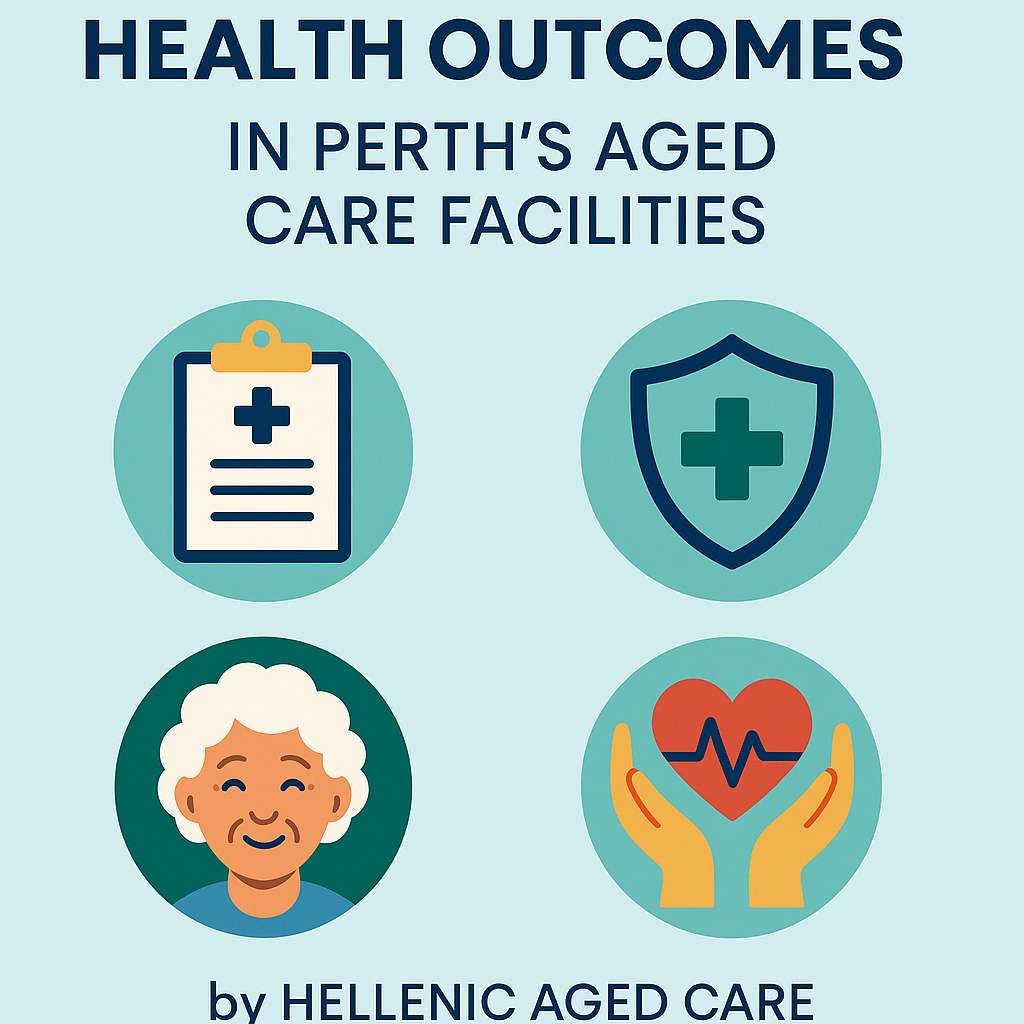As Perth’s population ages, understanding the health outcomes of its aged care residents becomes crucial. A detailed examination of metrics such as life expectancy, chronic illness management, hospitalisation rates, and preventive measures offers a clearer picture of the state of aged care in Perth. By addressing challenges and exploring opportunities for improvement, aged care facilities can better serve their residents and enhance overall well-being.
Life Expectancy in Aged Care Perth Facilities
Australians have one of the highest life expectancies globally, with an average of 83.4 years. However, those in aged care often have complex health needs. In Perth, the average length of stay in residential aged care is 2.5 to 3 years, reflecting the advanced age and frailty of many residents upon admission. Early interventions and comprehensive care strategies can prolong life and improve quality during these final years.
Chronic Illness Management
Chronic diseases are prevalent among aged care residents. Studies indicate that approximately 80% of aged care residents live with at least one chronic condition, and a significant proportion manage multiple illnesses. Common conditions include:
- Dementia: Affecting 60% of aged care residents nationally, dementia poses unique challenges, requiring tailored care plans and dementia-friendly environments.
- Cardiovascular Disease: Regular monitoring and appropriate medication reduce hospitalisation risks and improve life quality.
- Diabetes: Around 25% of aged care residents manage diabetes, requiring specialised meal planning and blood sugar monitoring.
- Arthritis: Chronic pain management, physiotherapy, and assistive devices play a role in maintaining mobility and independence.
Hospitalisation Rates in Aged Care Perth Facilities
Hospitalisation rates among aged care residents are a key metric for assessing health outcomes. Data reveals that nearly 40% of residents experience at least one hospital visit annually. The most common causes include:
- Falls: These are particularly prevalent due to reduced mobility and osteoporosis. Prevention strategies, such as balance training and safer environments, are crucial.
- Respiratory Infections: Aged care residents are especially vulnerable to pneumonia and other infections, often exacerbated by pre-existing conditions.
- Chronic Disease Complications: Timely management of conditions like diabetes and heart disease significantly reduces avoidable admissions.
Efforts to reduce preventable hospitalisations include the introduction of telehealth services, enhanced staff training, and stronger links with local healthcare providers.
Preventive Measures and Innovations
Preventive care is vital to improving health outcomes. Perth’s aged care facilities are adopting several initiatives to minimise risks:
- Vaccination Programmes: Routine flu and COVID-19 vaccinations protect residents from severe respiratory infections.
- Fall Prevention Programmes: Facilities are investing in fall risk assessments, physiotherapy sessions, and environment modifications to reduce fall-related injuries.
- Digital Health Monitoring: Devices for tracking vital signs enable early detection of health issues, allowing for timely interventions.
Staffing and Training in Aged Care Perth
The quality of care in aged care facilities is directly linked to staffing levels and training. Adequate staff-to-resident ratios ensure personalised care, while continuous professional development equips caregivers with the skills needed for managing chronic conditions, mental health, and end-of-life care. The Australian government has introduced reforms mandating minimum care minutes per resident, which are being implemented across aged care Perth facilities.
Community and Family Involvement
Active involvement of families and the broader community can significantly improve residents’ mental and emotional well-being. Regular family visits, participation in care planning, and community engagement through volunteer programmes create a more supportive and inclusive environment.

Looking Forward: Opportunities for Improvement
To further enhance health outcomes in Perth’s aged care sector, the following measures are recommended:
- Strengthening Preventive Care: Expanding access to preventive programmes, such as nutritional planning and exercise regimens, will improve residents’ overall health.
- Investing in Technology: Telehealth, wearable health monitors, and electronic health records streamline care and ensure timely interventions.
- Promoting Mental Health Support: Addressing loneliness and depression through social programmes and psychological support services is crucial.
Conclusion
Health outcomes in Perth’s aged care facilities are shaped by several factors, including chronic illness management, hospitalisation rates, and the implementation of preventive measures. While many facilities are making strides in improving care standards, ongoing investment in staffing, technology, and preventive care is essential to meet the growing needs of Perth’s ageing population. Aged care Perth services must continue to evolve to provide residents with the dignity, comfort, and quality of life they deserve.
This article demonstrates that by focusing on data-driven strategies and community collaboration, Perth’s aged care sector can continue to set benchmarks in providing exceptional care for its senior citizens.
